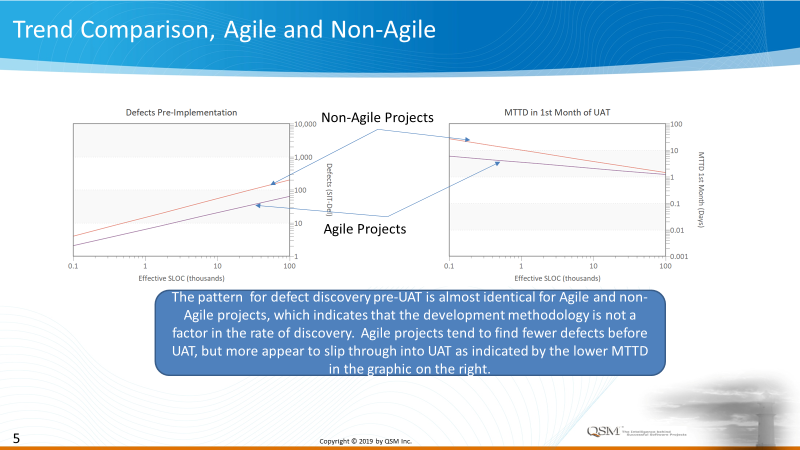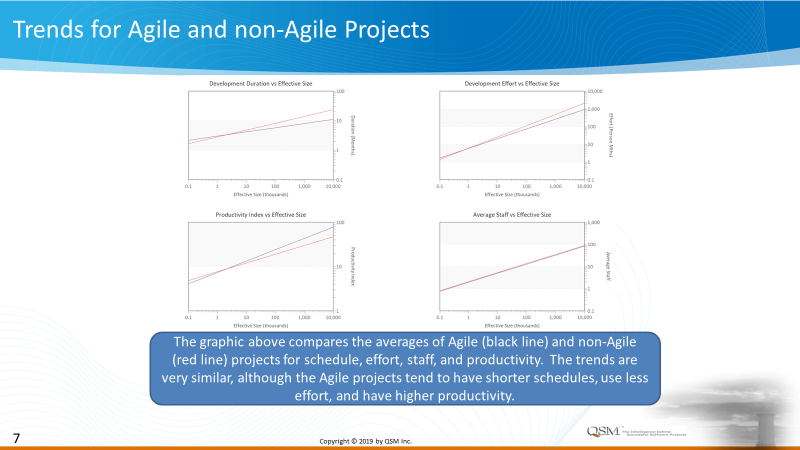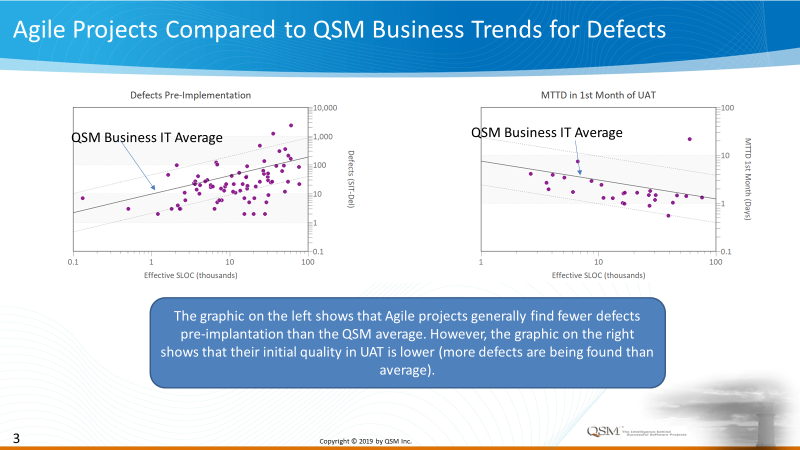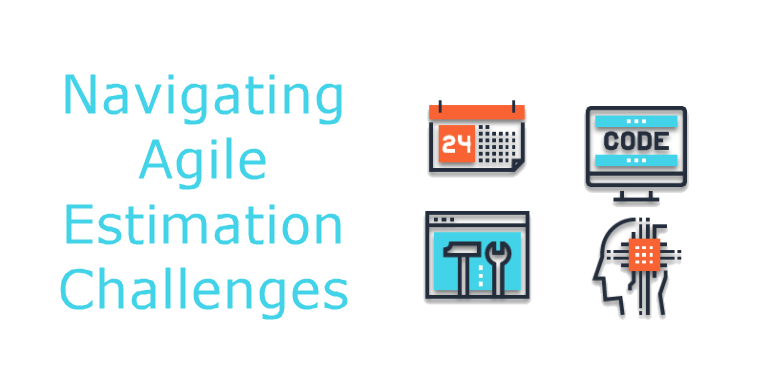Simplified Function Point Analysis (SiFP)
One of the stated purposes of function point analysis is to provide a size measure that can be used as an input to help estimate the cost, effort, schedule, and staff needed to develop a software project. The standards for how this is done are maintained by the International Function Point Users Group (IFPUG). In a nutshell, function point analysis identifies, from a user perspective, logical groups of data that a project or application maintains or accesses and logical processes that update, query, transmit, or report on that data. The counting rules are extensive, very specific, and assign function point values to these based on the number of data stores a process accesses and the data elements it touches. To help assure that function point counting is conducted in a standardized manner, IFPUG certifies counters who have demonstrated mastery of the counting rules through passing an exam. These counters have the title of Certified Function Point Specialists (CFPS).
There is a problem with using traditional function point analysis in the conceptual phase of a software project when the budget, schedule, and staffing are being planned: the information required to count function points according to the rules is normally unavailable and, in many cases, does not yet exist. To overcome this obstacle, function point counters have devised a number of quick counting methods to estimate project function point counts. Most of these are rules of thumb whose implementation varies from one counter to another.
SiFP was developed by Roberto Meli and associates in Italy. In 2019, IFPUG acquired the rights to the methodology and plans to integrate it into its portfolio in 2021. Follow this link for more details.
So how does SiFP differ from regular function point analysis, and why is it simpler? Three differentiators stand out:






